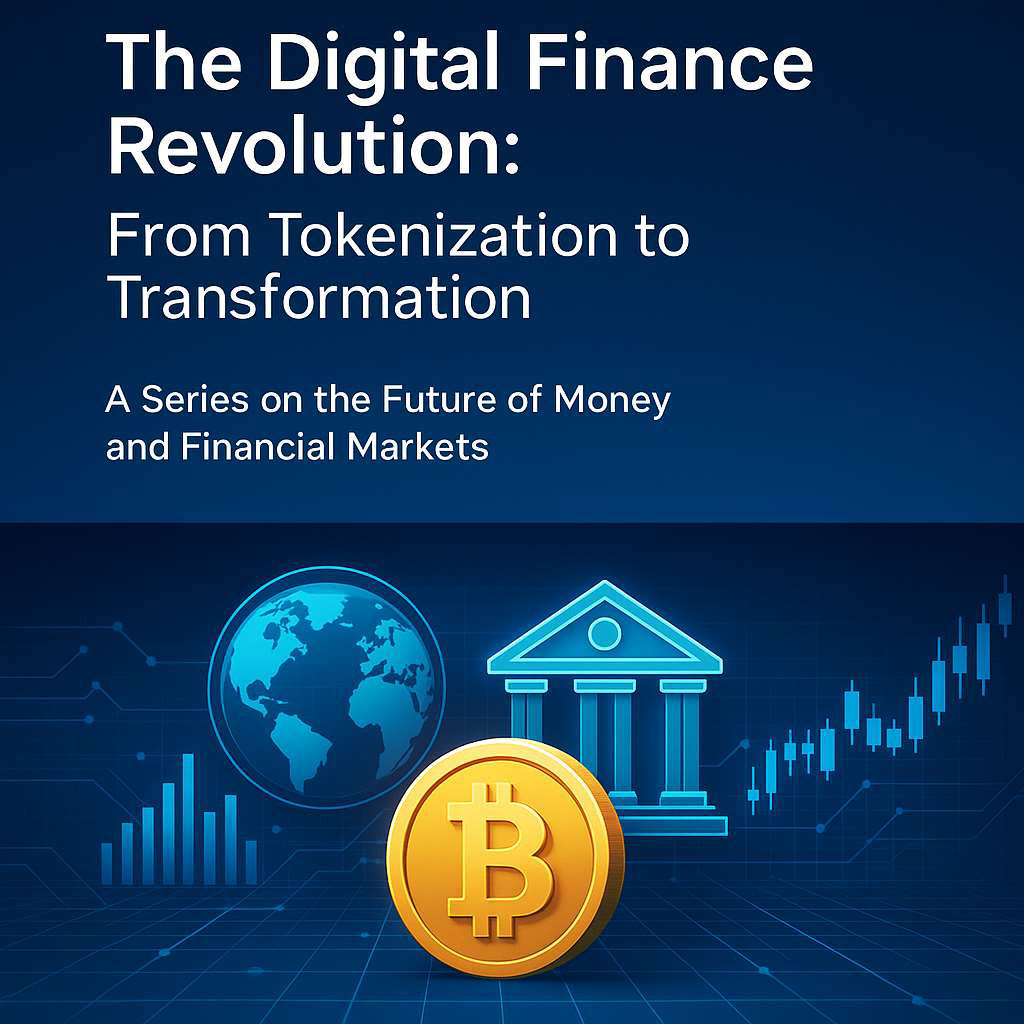
Dr Arndt Faatz MBA
Drawing on experiences and insights
2000-2025
© Dr Arndt Faatz www.videant.eu

Article 5: Building Bridges – Towards a Regulated Digital Future –
Integration, Not Revolution
Good organizations are like bridges – connecting people with purposes, customers with services, divisions with goals. The same principle applies to financial innovation. Successful transformation doesn’t destroy existing structures; it builds connections between old and new. I am sure that Mr Schumpeter would understand. Analysing the transition from traditional banking to digital operations shows that revolutionary rhetoric often masks evolutionary reality.
The path forward does not lie in choosing between traditional finance and crypto, but in thoughtful integration. Central Bank Digital Currencies represent one bridge, combining crypto’s efficiency with monetary policy tools. Regulated stablecoins offer another, providing digital utility within established frameworks. It is said that successful transformation requires identifying what to preserve alongside what to change. This sounds logical but it is much harder to assess and implement in practice.
The Unified Ledger Vision
Tokenization’s true potential lies in creating unified ledgers where assets and money coexist on programmable platforms. Imagine collateral management, margining, and settlement occurring simultaneously and automatically. I recognize the transformational potential. But realization requires more than technology – it demands legal harmonization, operational standards, and trust between participants.
Innovation succeeds when it solves real problems within existing frameworks. The mechanisms get accepted if and only because they met regulatory requirements while improving efficiency. Digital finance must follow the same path: innovation that enhances rather than evades oversight.
Purpose-Driven Transformation
If you have read the introduction on my website’s homepage, you know that I took some inspiration from the Roman senate’s emergency decree – reminding the two consuls then vested with almost dictatorial powers that with great power comes great responsibility. Digital finance offers unprecedented capabilities, but these must serve legitimate purposes. Having witnessed both innovation’s promise and its perils across three major financial institutions, I believe that successful transformation requires clear purpose: improving financial access, reducing systemic risk, and serving real economic needs.
The future of money isn’t about choosing sides between traditional and digital finance. It’s about building bridges that connect innovation with stability, efficiency with resilience, privacy with transparency. Forgive me for sounding repetitive but this requires the management philosophy I keep referring to: Knowledge to understand complex systems, Reason to balance competing demands, and Purpose to ensure finance serves society rather than the reverse. I appreciate the role of self-serving, get-rich-quick instincts and defence or domination reflexes. I have made intense acquaintance with them, ‘details available upon request. These personal interests may not be legitimate, but they are real. The art is to channel and control or ‘align’ them through careful design of processes and positions so that they are not jeopardising the overall purpose of finance.
As we stand at this inflection point, the question isn’t whether digital transformation will reshape finance – it’s whether we’ll guide that transformation wisely. The lessons from past crises, combined with today’s technological capabilities, offer an unprecedented opportunity to build a more efficient, inclusive, and stable financial system. But success demands that we learn from history while embracing innovation, maintaining the bridges between past wisdom and future possibility.
